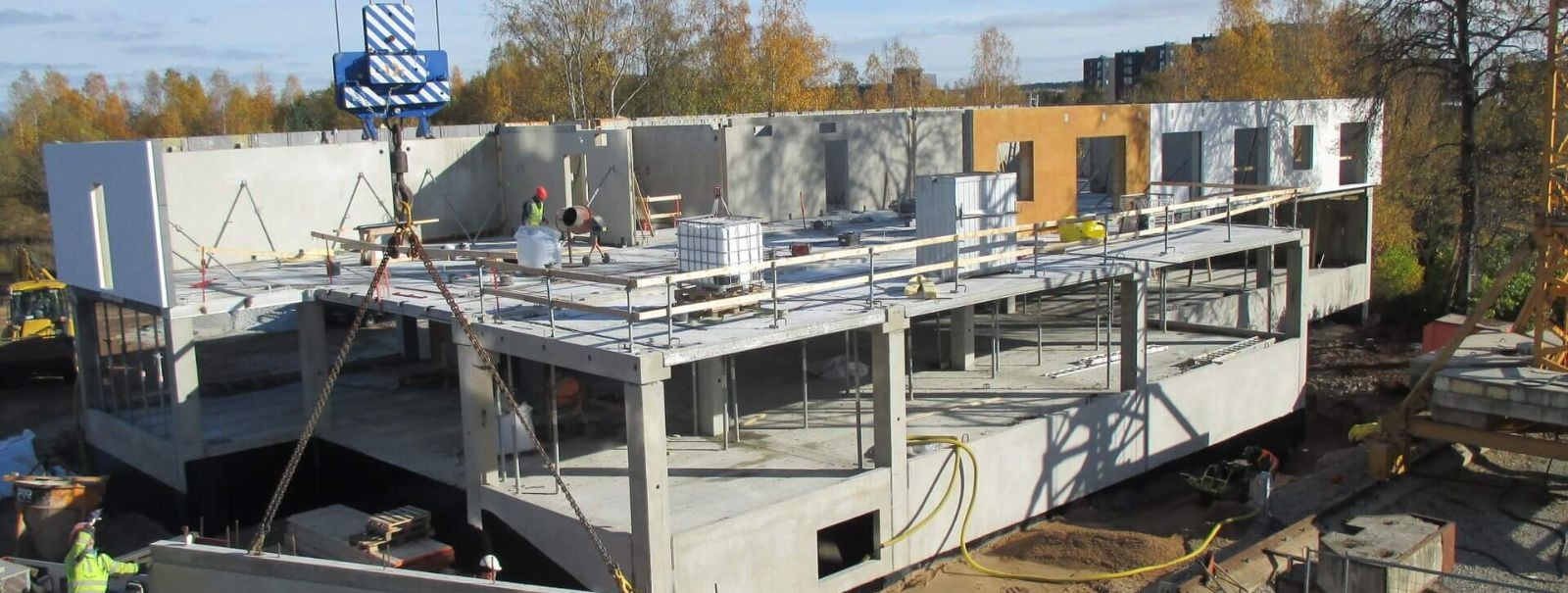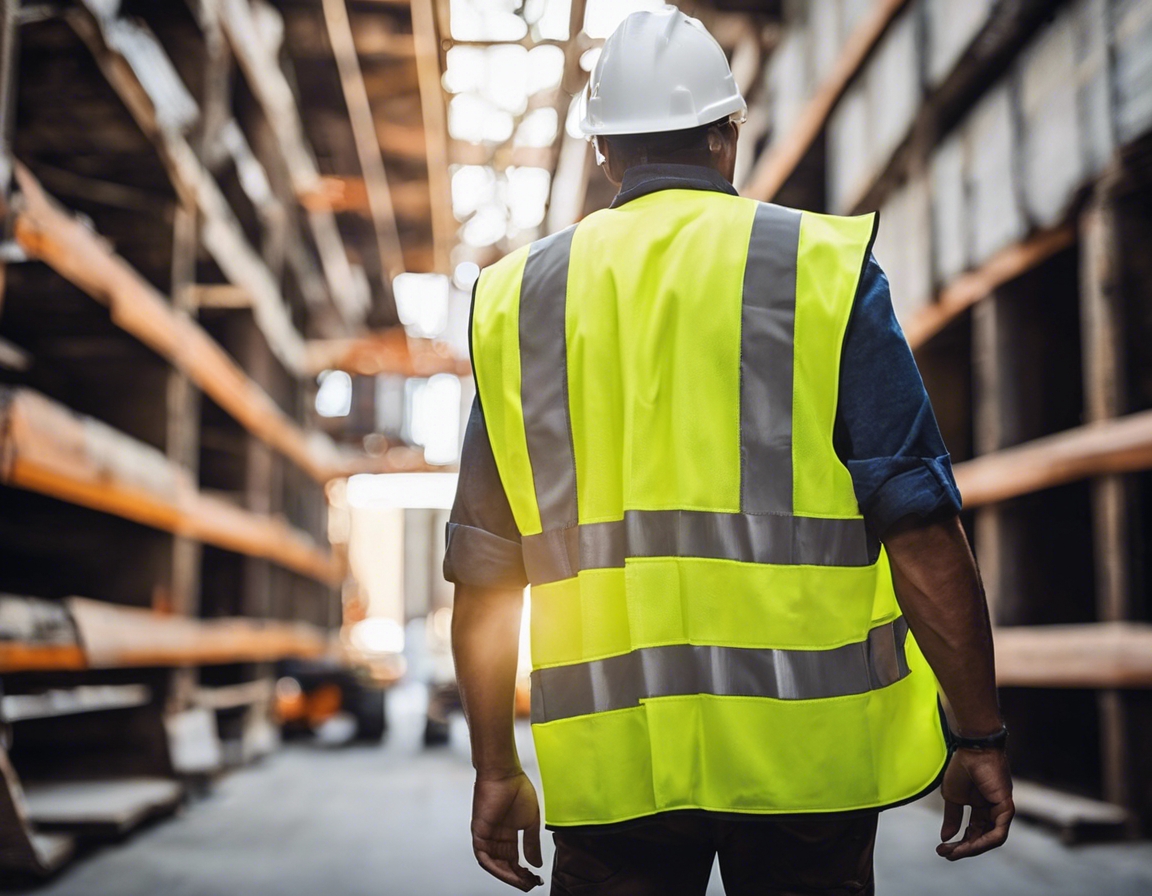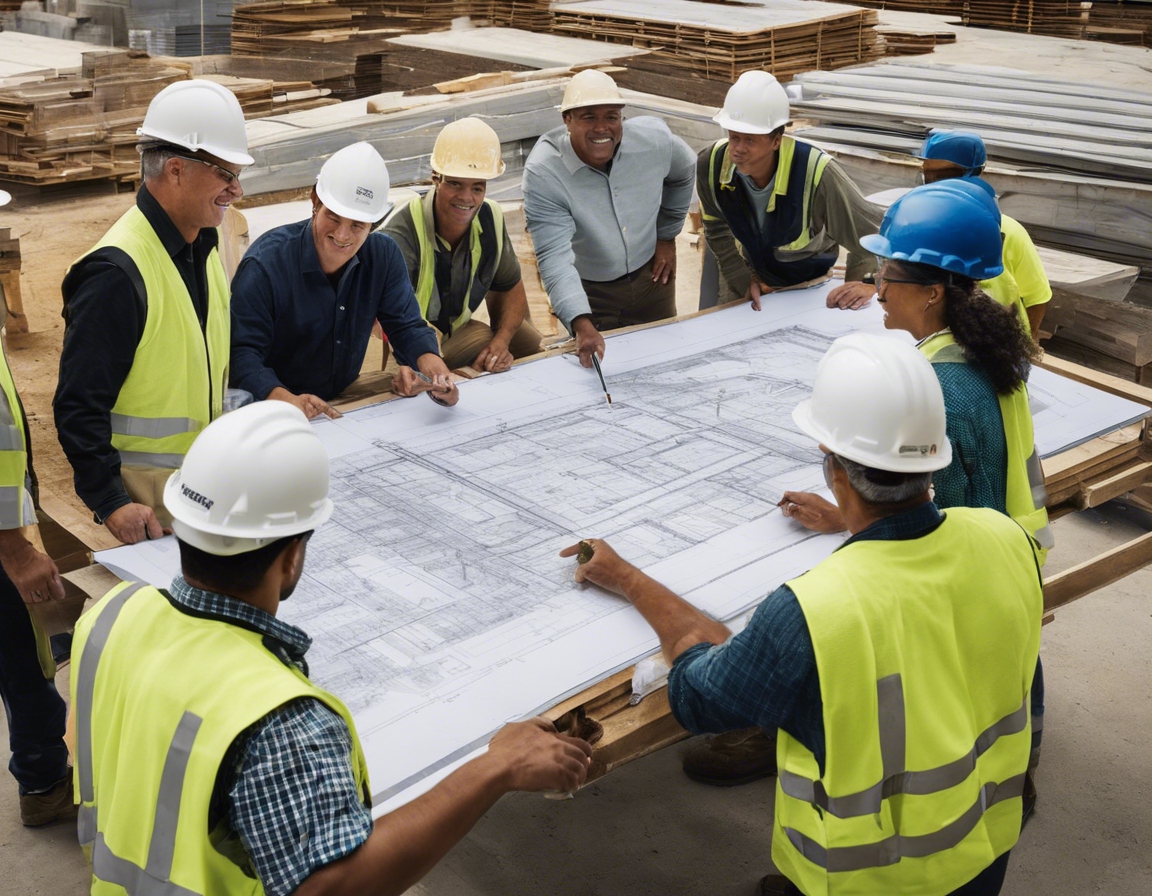Innovative building solutions for sustainable living
Sustainable living is a lifestyle that aims to reduce an individual's or society's use of the Earth's natural resources and personal resources. It is a way of life that seeks to balance the needs of the present without compromising the ability of future generations to meet their own needs. In the context of construction, sustainable living involves creating buildings that are environmentally responsible and resource-efficient throughout their lifecycle.
The Importance of Sustainable Building Solutions
As the global population continues to grow, the demand for housing and infrastructure increases. This growth places a significant strain on natural resources and the environment. Sustainable building solutions are crucial in mitigating these impacts by reducing energy consumption, minimizing waste, and promoting the use of renewable resources. These solutions not only help in preserving the environment but also contribute to the health and well-being of the occupants.
Key Innovative Building Solutions
Energy-efficient designs are at the forefront of sustainable building solutions. These designs focus on reducing the energy consumption of buildings through various means such as improved insulation, energy-efficient windows, and the use of renewable energy sources like solar panels. By optimizing the building's orientation and incorporating passive solar design principles, energy-efficient designs can significantly reduce heating and cooling costs.
The choice of materials plays a critical role in sustainable construction. Sustainable materials are those that have a minimal environmental impact, are durable, and can be recycled or reused. Examples include bamboo, reclaimed wood, recycled metal, and low-VOC (volatile organic compounds) paints. These materials not only reduce the carbon footprint of a building but also enhance its aesthetic appeal and longevity.
Smart home technologies are revolutionizing the way we interact with our living spaces. These technologies include automated lighting, heating, and cooling systems that can be controlled remotely to optimize energy use. Smart home systems can also monitor water usage, detect leaks, and provide real-time data on energy consumption, enabling homeowners to make informed decisions about their resource use.
Water conservation is a critical aspect of sustainable living. Innovative building solutions incorporate water-saving fixtures, rainwater harvesting systems, and greywater recycling to reduce water usage. These techniques not only conserve water but also reduce the burden on municipal water systems and lower utility bills for homeowners.
Benefits of Sustainable Building Solutions
Sustainable building solutions significantly reduce the environmental impact of construction activities. By minimizing waste, reducing energy consumption, and promoting the use of renewable resources, these solutions help in preserving natural ecosystems and reducing greenhouse gas emissions.
While the initial investment in sustainable building solutions may be higher, the long-term economic benefits are substantial. Energy-efficient buildings have lower operating costs, and the use of durable materials reduces maintenance expenses. Additionally, sustainable buildings often have higher property values and can attract environmentally conscious buyers or tenants.
Sustainable buildings provide a healthier living environment for occupants. Improved indoor air quality, natural lighting, and temperature regulation contribute to the overall well-being and comfort of residents. These factors can lead to increased productivity and a better quality of life.
AHORN EHITUSE OÜ's Role in Promoting Sustainable Living
AHORN EHITUSE OÜ is committed to providing innovative building solutions that promote sustainable living. With a focus on quality, transparency, and long-term investment, the company offers tailored construction services that meet the specific needs of its clients. By incorporating the latest sustainable building practices, AHORN EHITUSE OÜ ensures that its projects not only meet but exceed the expectations of property owners, developers, and investors in Estonia.






Comments (0)